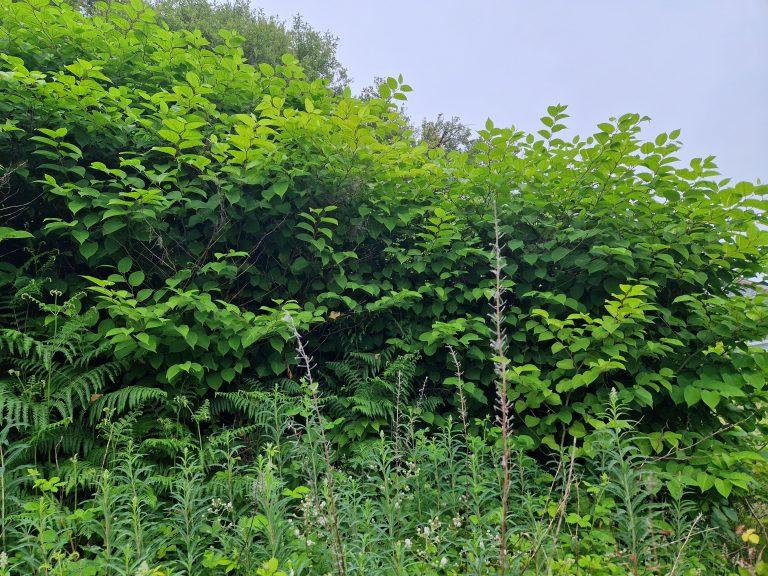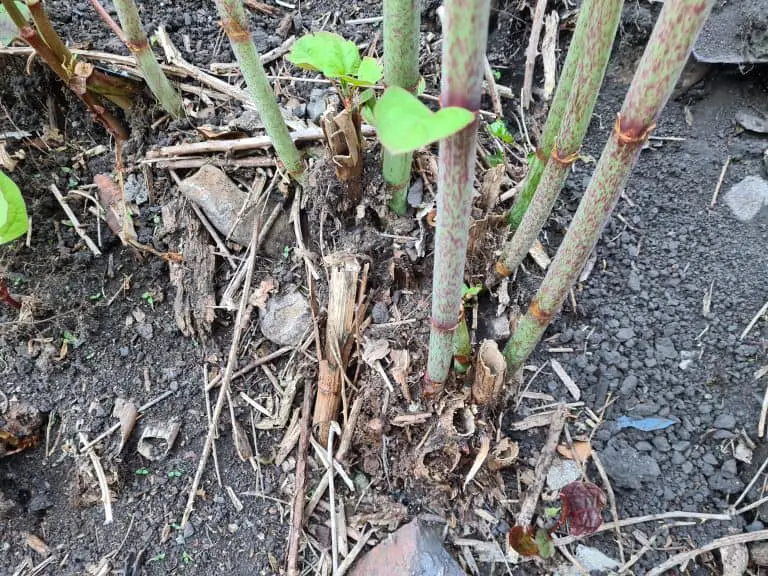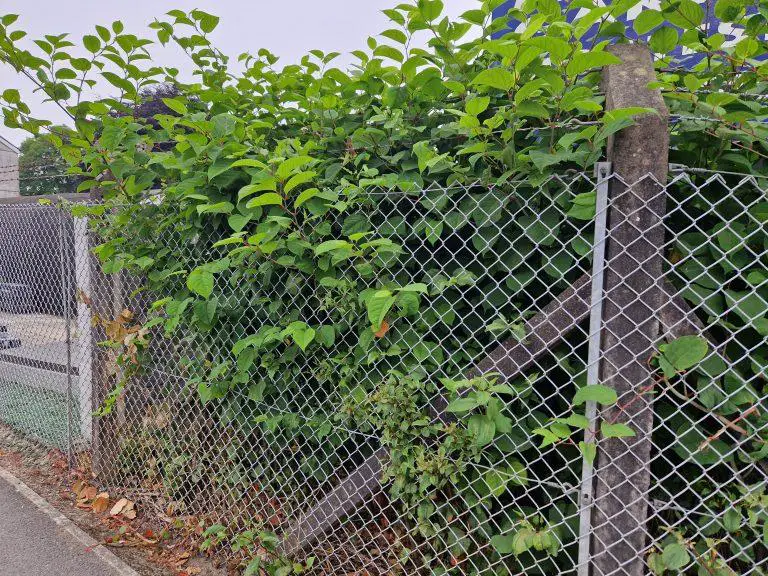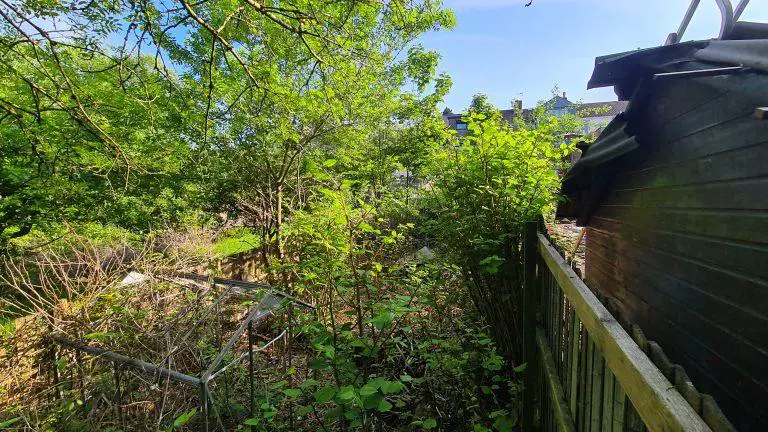To remove Japanese knotweed, you must apply ideal methods that have been known to be effective in dealing with the infestation.
This is not a walk-in-the-park exercise, hence the need to be very vigilant and spot-on as to what needs to be done in order to know how to remove Japanese knotweed yourself and get rid of the infestation successfully.
Experts across the board may argue their case in favour of certain methods being more effective than others, but it has been established that only a multi-faceted approach to dealing with this highly invasive weed brings out the best eradication results.
Before embarking on any method to remove Japanese knotweed, here are some of the factors that you should consider:
Size of the infestation
Where the size of the infestation is rampant and the weed plant is mature, this will necessitate that one contemplates the use of mechanical and chemical tactics to get rid of the weed.
The infestation size will also prompt one to decide whether to deal with the growth by yourself or pool a group of people/professionals to help you.
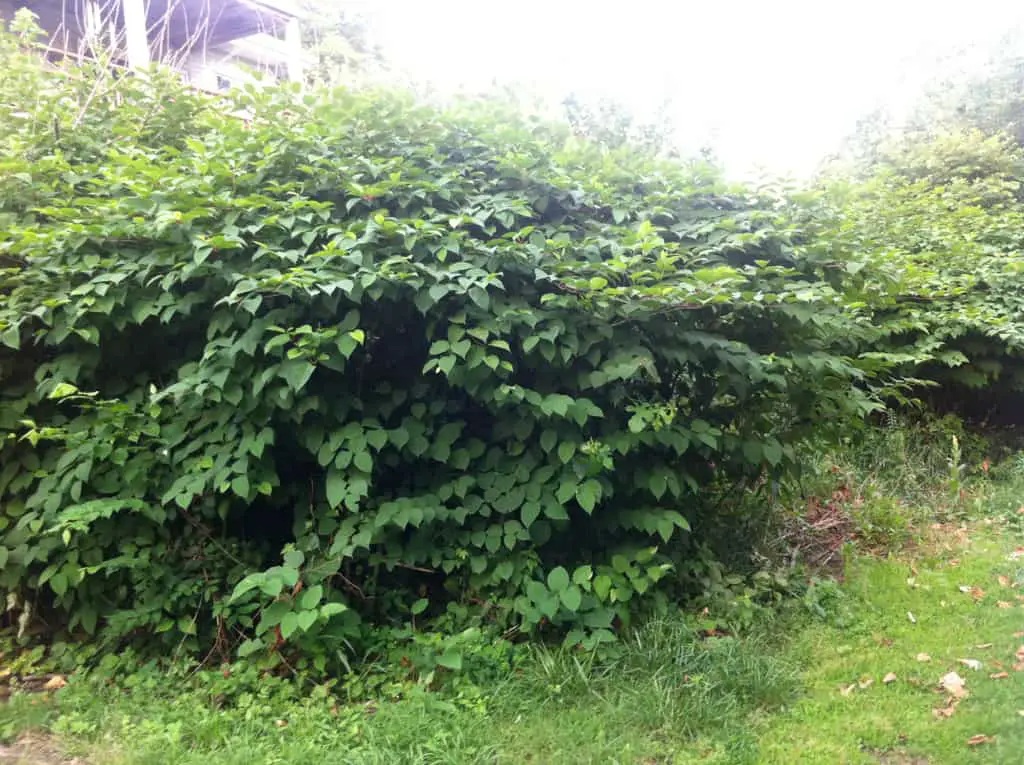
Knowledge of the action/treatment plan
It is important that one gets to familiarize themselves with the particular action plan chosen. This will help save on the time and resources that will be required to tackle the weed plant.
More so, where chemicals are involved, it is vital that one gets to understand how the chemicals work, the method of applying them to the weed plant, the time duration for applying chemicals, and most importantly, the protective measures to be put in place to protect the surrounding environment.
Availability of resources
To successfully remove Japanese knotweed, and depending on the size of the infestation, you need to gauge the human and capital resources available.
The reason for this is that removing this invasive weed should not be a half-hearted job that should be done once in a while but rather one that demands all hands on deck and consistency until the weed plant is fully eradicated.
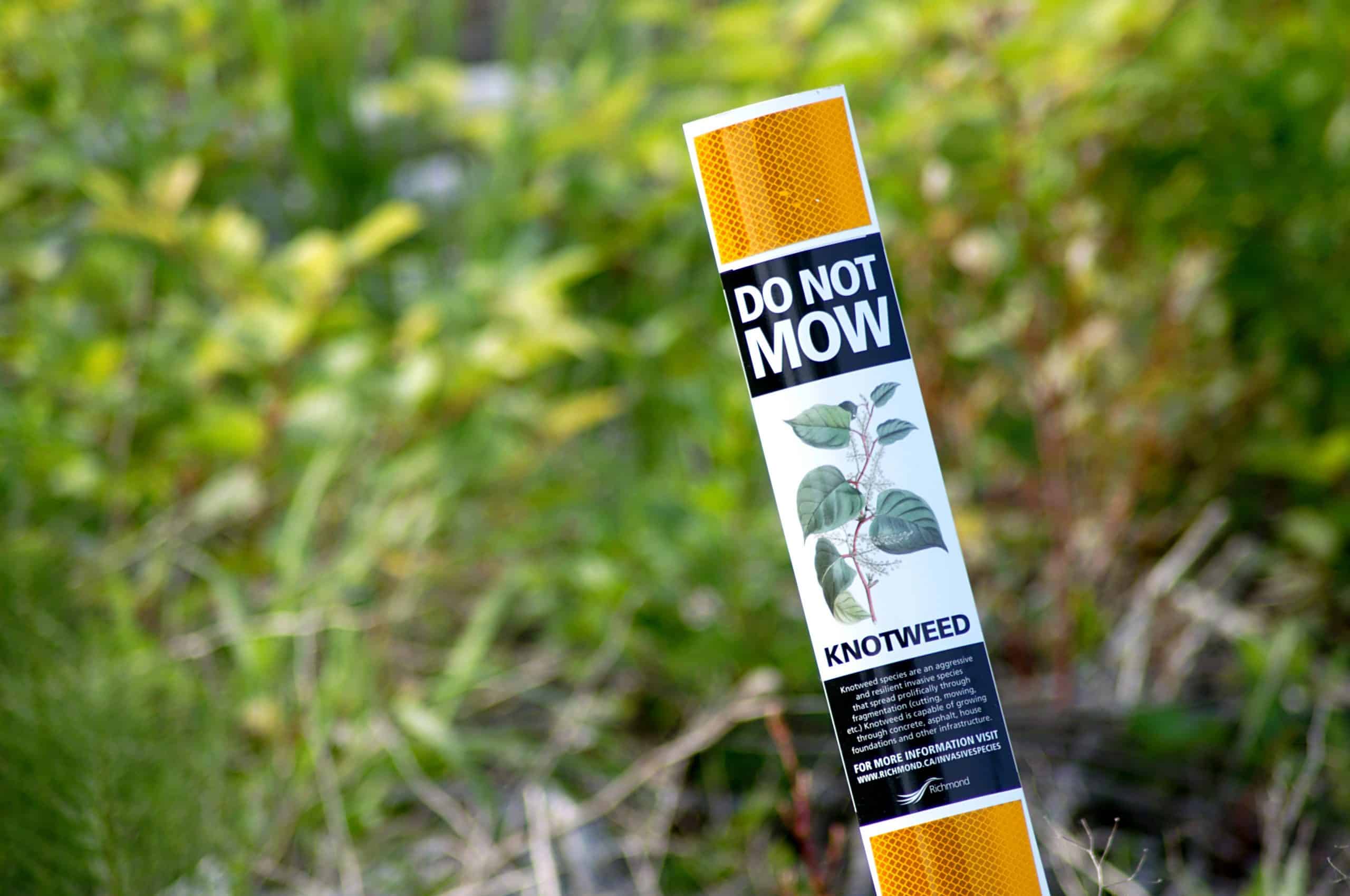
Guiding legislations
Taking into consideration that the Japanese knotweed has become a menace that is fast spreading, there are now a number of legislations (they may vary depending on the location) that have been put in place to guard against the unceasing spread of the weed.
For instance, there are guidelines on how the waste materials from either the cut weed plant or its subsequent waste burnt product should be transported and disposed of without posing danger to the environment or allowing a fresh infestation.
Expert involvement
Not all forms of Japanese knotweed infestations can be handled through DIY removal methods. Certain infestations, especially those in commercial areas or protected areas such as national reserves, require the involvement of experts to help out in eradicating them.
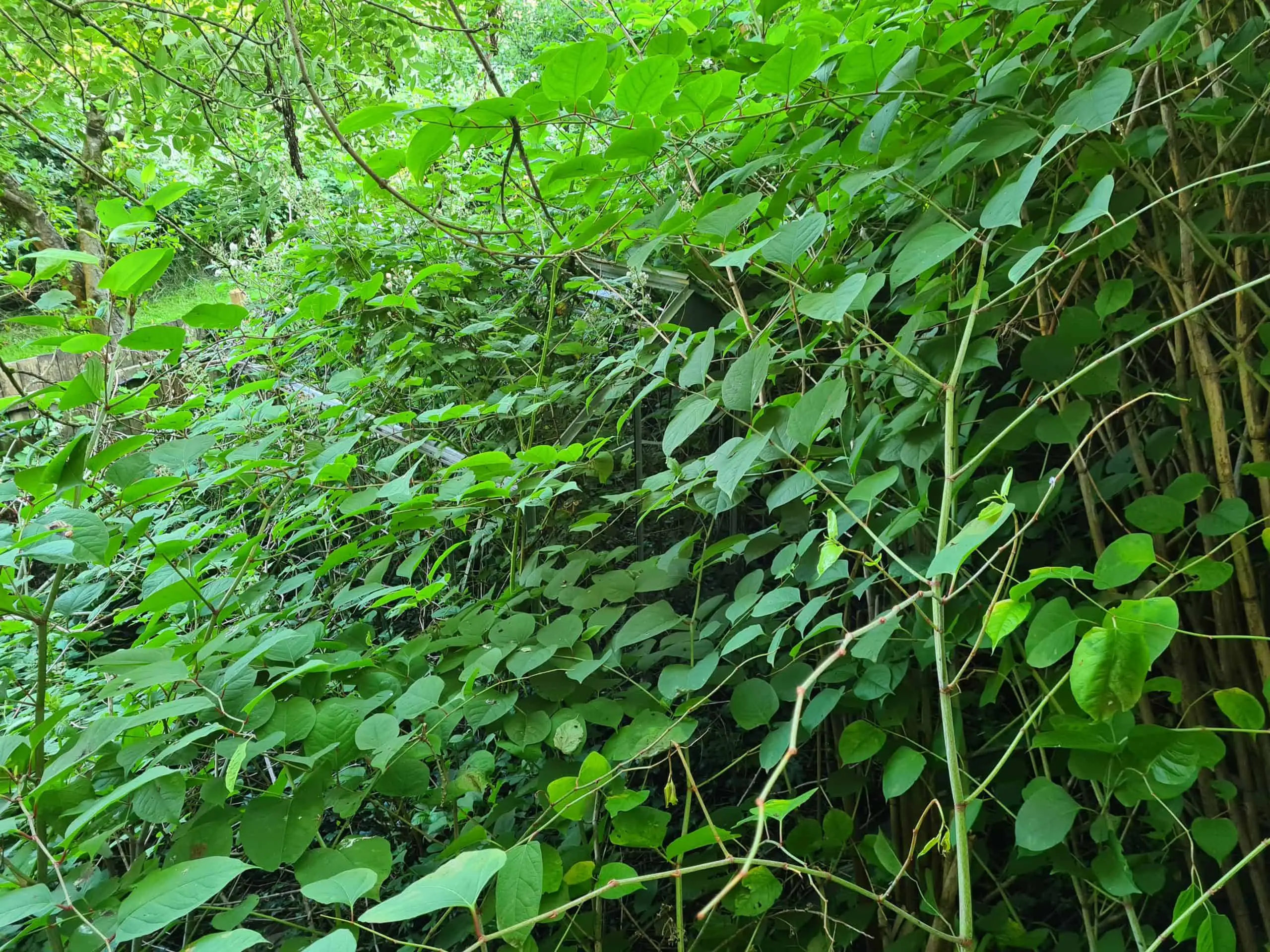
Methods to Remove Japanese Knotweed
Japanese knotweed removal can be a menace, especially where the weed plant is vastly spread. In order to remove Japanese knotweed, one has to deal with the weed plant with appropriate tact with the aim of completely getting rid of the invasive plant.
The methods that one should consider as a priority are discussed in the following segment:
Using herbicides
Herbicides are basically chemical elements that are industrially manufactured and meant to deal with various weeds in their various forms.
The tested tried and proven herbicides that have been deemed to work with effective results are the Roundup Tree Stump and Glyphosate herbicide for the Japanese knotweed.
Herbicides can be very harsh to the environment; hence because of the high chemical compounds in them, thus when using them, it is only right one ensures they are familiar with the procedure of applying them to the weed plants.
In passing, chemicals are effective if applied directly to the weed plant or the liquid is directly injected into the stems of the weed plants to allow for decomposition from inside out. As a precautionary measure, always ensure that you read the instructions manual of each chemical before usage.
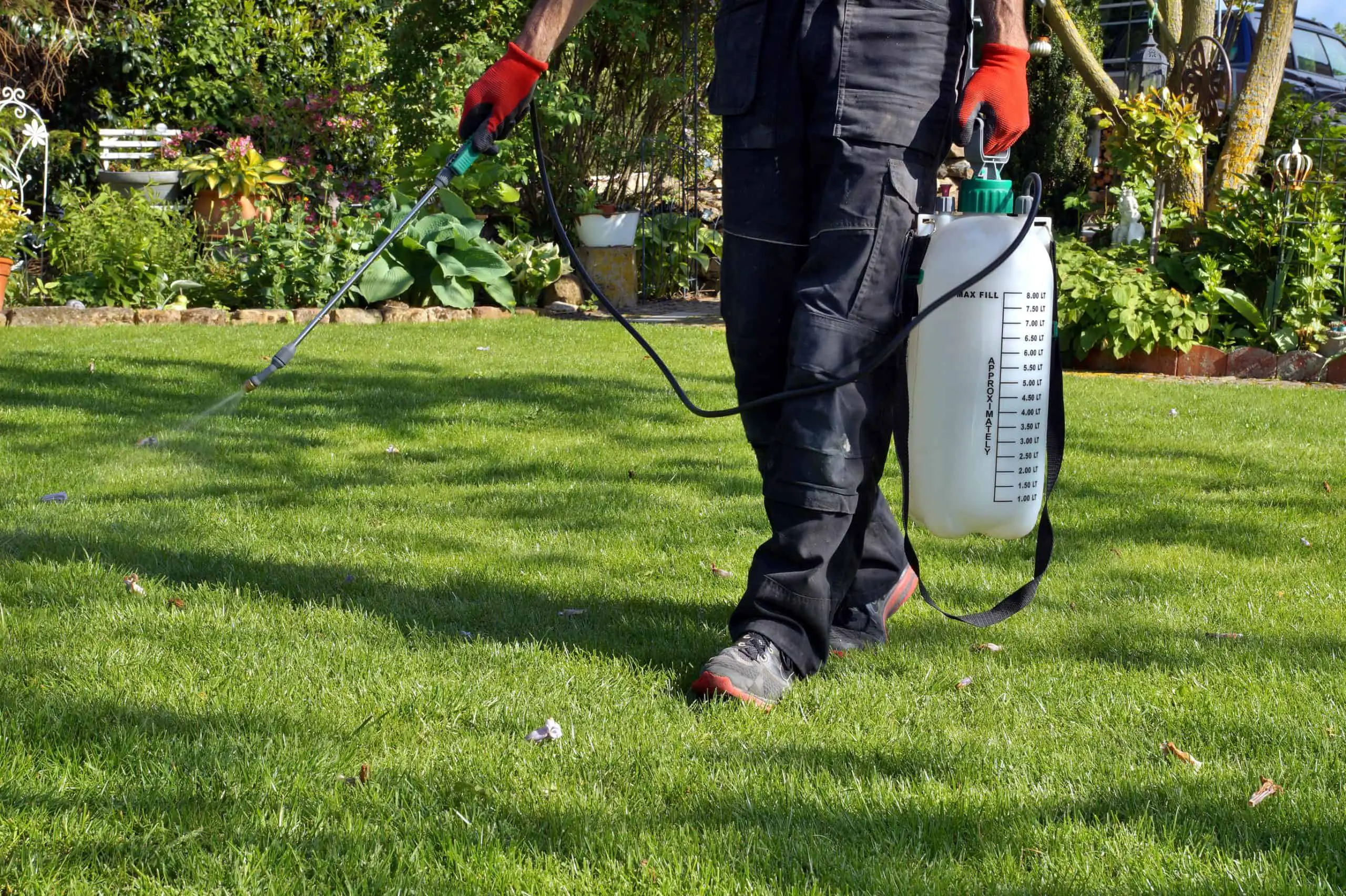
Physical methods
Here, we are talking about methods such as cutting down the Japanese knotweed stems as close to the soil surface as possible and subsequently getting rid of the cut portions.
The disposal can be achieved either through the complete burning of the waste material that has been cut or through burying.
Always ensure that the material to be burned is subjected to very high temperatures, preferably using an incinerator so that no fragment survives the exercise.
Either method is effective, but the most important thing to remember is that disposal should always occur at an authorized site that has the license to do such work.
Any waste substance from the Japanese knotweed should never be left unattended as this may be a ticking time bomb because the weed can easily re-grow even from cut rhizomes.
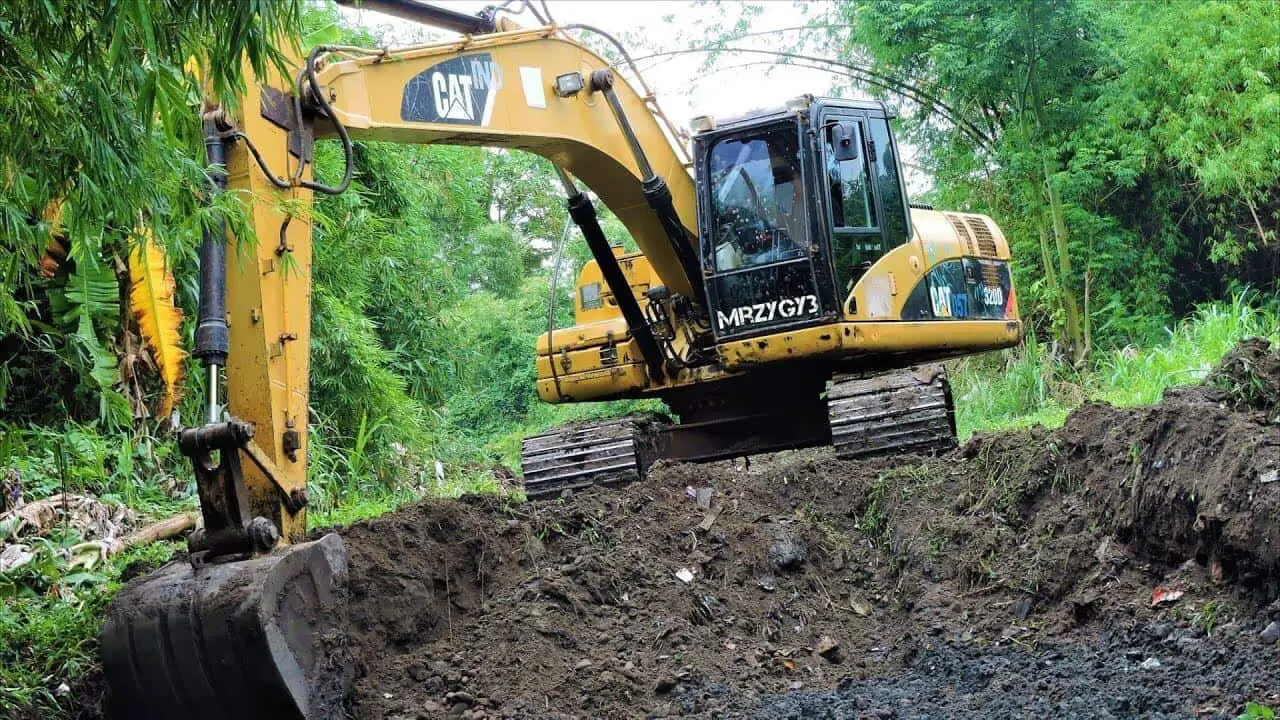
Digging out the root system
After successfully cutting the stems of the weed plant, one can go a step further and dig out the weed root system.
If the weed plant is at its premature stage, digging out can be done by pulling out the roots; however, if the weed plant has become mature, you may be forced to hire the services of excavators to do the dirty work for you.
Use of covers
Impenetrable covers are often used as a method to remove Japanese knotweed infestation in an area.
Denying the weed plant sunlight and moisture minimizes its growth and works towards eradicating the weed albeit this process is slow and may require patience.
The trick to making use of covers work is that the top part of the soil should be covered to prevent sunlight and the peripheral parts of the area because of the possibility of rhizomes escaping through the sides and posing a danger of afresh growth.
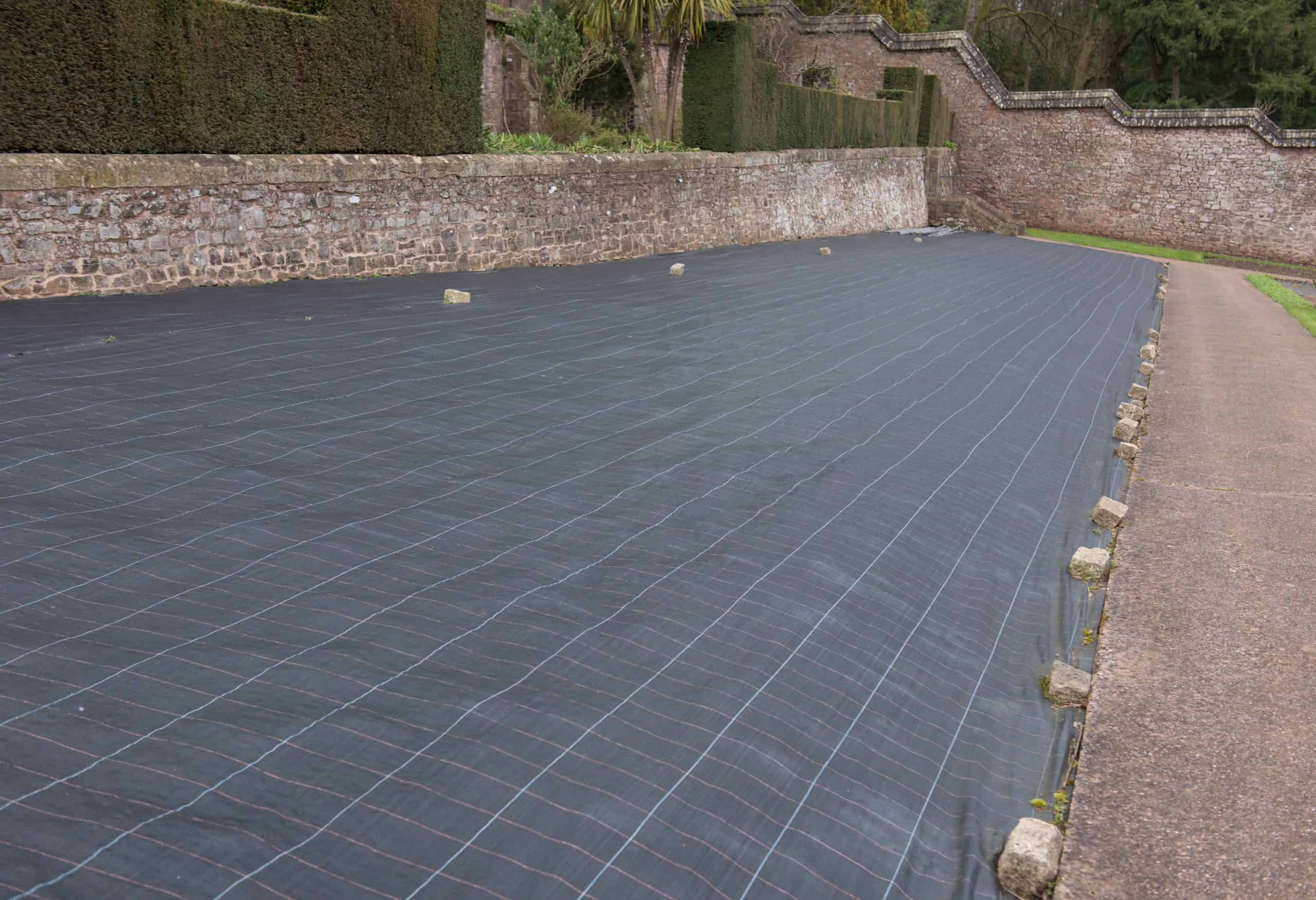
Conclusion
How to Remove Japanese Knotweed Yourself
There is a multiplicity of methods to remove Japanese knotweed from your property or land.
Some of these methods, such as killing with lime or bleach, have not been validated because this invasive weed can grow in different soils; hence adding lime to increase the soils’ alkalinity may not deter it from growing.
Only use the approved methods at first before trying out anything different.
Want to know more about how to remove Japanese Knotweed?
Knotweed Removal aims to provide the most up-to-date information, help and advice for YOU to make informed decisions. If you are unsure or uncertain about how to proceed, please reach out to us and we will gladly come back and advise you as best we can.
Governmental advice can be found here and the UK law covering the removal of Japanese Knotweed as stated under the Wildlife and Countryside Act 1981 can be found here.
The best means to contact us is via our email – hello@knotweedremoval.tips
Do not forget we have a library of blogs covering many areas relevant to Japanese Knotweed, our free downloadable How-to Guides and Product Reviews on the latest methods being employed to eradicate or remove Japanese Knotweed.
Knotweed Removal, UK

